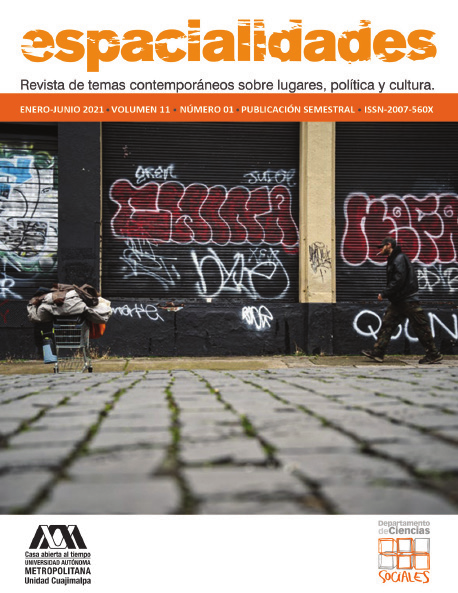The Territory of Unión Hidalgo (Oaxaca) in the Context of Wind Megaprojects
Main Article Content
Abstract
The built environment has gained importance due to the impact it has on the lives of human beings. However, the conditions
of its components, such as sidewalks, streets, traffic lights, public lighting, and green and recreational areas, can vary according
to the levels of marginalization of each neighborhood. In some cases, the absence of some or all of these components shows
the inequality in the distribution of the built environment. For this reason, the article answers two questions: what is the
perception of the built environment at each level of marginalization? What are the implications of not having some or any of
the components of the built environment? The article is based on a qualitative study carried out in urban areas of four states of Mexico, with different levels of social welfare. We conducted semi-structured interviews (N = 184) and employed thematic
analysis. The findings show heterogeneities in the built environment, especially in marginalized neighborhoods that have the
worst conditions in terms of infrastructure for walkability, such as sidewalks, traffic lights and crosswalks. The image of the
environment is also affected by marginalization through the lack of public lighting, and green and recreational areas. Thus, in
these areas people feel unsafe, they avoid going out for walks and, when they do so, they often report accidents caused by
narrow sidewalks and street stalls.

